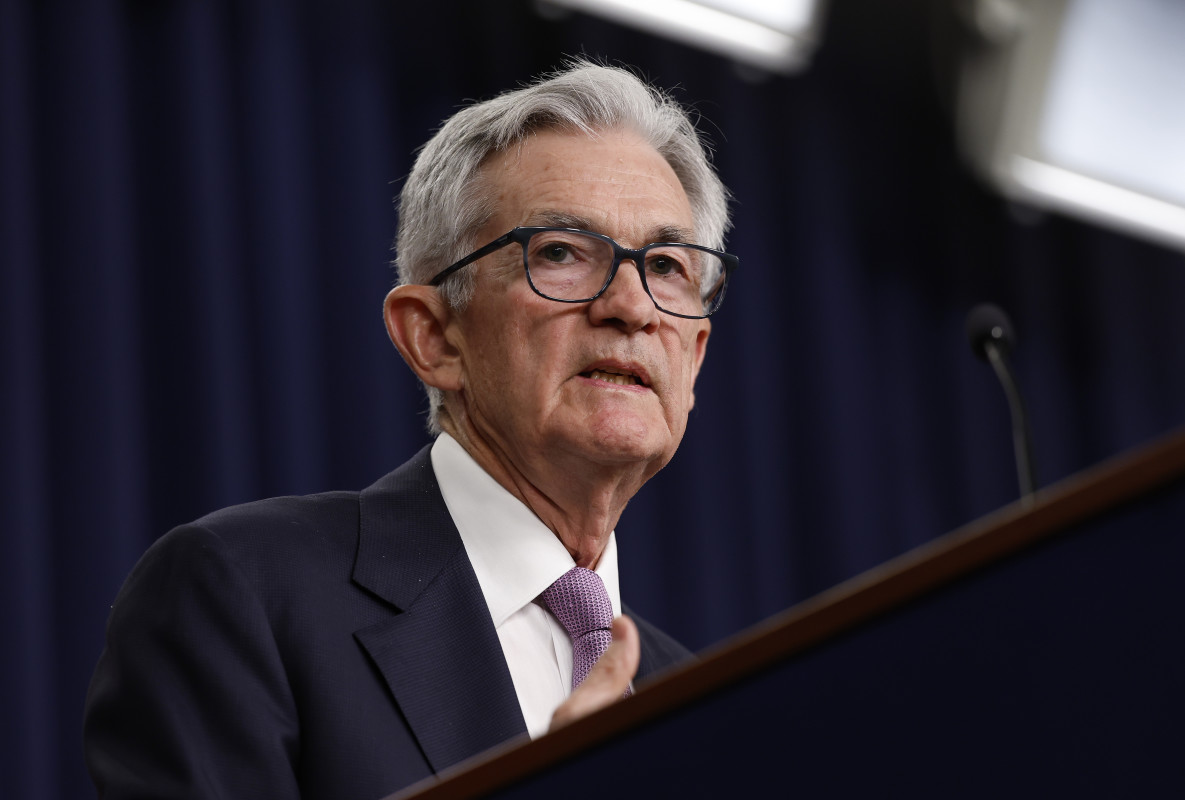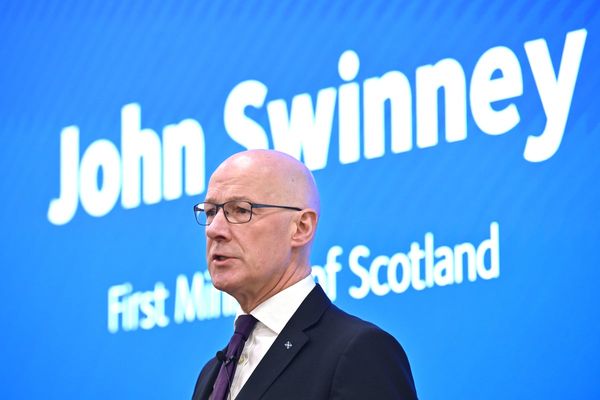
The Federal Reserve cut interest rates for the second time this year, following the sizable 0.5% cut in September. Though the Fed was already set to cut rates at least once more before the end of 2024, the modest 0.25% rate cut targeting 4.5%–4.75% indicates that the central bank is proceeding with caution in light of a Donald Trump Administration.
Markets initially rallied after Tuesday’s election results, but economists and market insiders are waiting to see if Trump will deliver on his campaign policies. Some proposals could worsen inflation and halt any future interest rate cuts.
💸💰 Don't miss the move: Subscribe to TheStreet's free daily newsletter 💰💸
The housing crisis is a genuine concern for younger generations, and many hoped that months of cooling inflation would drive down interest rates and mortgage rates.
Lower mortgage rates are the key to breaking the stalemate in the current housing market. Sellers will be incentivized to finally put their houses on the market if they know they will get a competitive mortgage rate for the next home they purchase. The increased supply is expected to free up inventory and make the home-buying process far less competitive for younger buyers.
Related: How much mortgage debt do Americans have on average?
However, experts note that many of Trump’s proposed policies — blanket tariffs, unfunded tax cuts, and mass immigrant deportation — could hinder economic growth, drive inflation, and prevent future interest rate cuts. If inflation rises again, interest rate hikes may be back on the table.
The future of interest rates, and therefore the housing market, hinges on how the economy reacts to Trump's policies during his term beginning in January 2025.

Shutterstock
Trump’s housing policy targets housing supply and building regulation
Since mortgage rates began to climb in 2022 and peaked at almost 8% in 2023, the housing market has become difficult to navigate for both buyers and sellers. However, young buyers have taken the brunt of the uncertainty and competition.
The main problem plaguing the market is low inventory, fueled by high demand and sellers waiting to put homes on the market until mortgage rates fall. Danielle Hale, Chief Economist at Realtor.com, weighed in on the ramifications of anticipated Trump housing policy:
“The chief problem the housing market faces is a lack of supply, which Realtor.com estimates is a shortage on the order of 2.5–7.2 million homes accumulated over the last decade,” she said. “This has contributed to a run-up in home prices and rents that has eroded affordability for both homebuyers and renters.”
“In general, the supply side policies proposed by President-elect Trump are likely to help increase supply, but demand-focused proposals could have unintended negative consequences,” she continued. “The Republican Party platform included plans to boost housing supply by targeting regulations on housing development.”
More on homebuying:
- Is there a housing bubble on the horizon?
- Cash is king: High mortgage rates are changing home-buying trends
- Dave Ramsey explains how your mortgage is key to early retirement
She highlights how slashing building regulations, while controversial, may help address supply issues by lowering the cost of new home construction. Other suggestions from the Trump/Vance campaign, such as freeing up protected federal lands for housing development, have received bi-partisan support from Democrats.
However, this would likely only impact mid-western and western states with large swaths of federally controlled land, such as Nevada and Utah.
“Estimates suggest that the total cost of regulations at federal, state, and local levels of government adds more than $90,000 to the price of a new home. Efforts to reduce regulation could make it easier for builders to add homes at lower prices, potentially accelerating a much-needed trend already underway.”
Proposed immigration policy could mean trouble for inflation and mortgage rates
This election season, the most influential voter issue revolved around consumer prices and inflation, despite inflation cooling significantly over the last twelve months.
Though Fed Chair Jerome Powell noted that a Trump presidency wouldn’t affect fiscal policy in the near term, experts are closely watching to see if he will fulfill his controversial campaign promises, most of which could have notable economic implications.
Trade tariffs — particularly the proposed 60% on goods from China — will almost certainly drive up consumer prices considerably and will likely dampen consumer spending. Mass deportation and immigration crackdowns would crater the labor market and increase labor costs and inflation.
Related: Dave Ramsey bluntly speaks on interest rates and mortgages
Inflation is now hovering around the Fed’s end-of-year target of 2%. However, the economic policies Trump chooses to enact in 2025 will shape consumer prices and, therefore, whether interest rates will continue to drop as they were previously expected to.
Hale explains how Republican economic policy could play a pivotal role in shaping the housing market and future mortgage rates — for better or worse.
“The Republican Party platform pledged to slash inflation to reduce mortgage rates, a goal that would likely benefit future housing demand and supply,” she said. “Falling mortgage rates would unlock homeowners who currently find moving untenable because their existing mortgage rate is so much lower than the market rate and also improve prospects for buyers by amplifying the buying power of their existing budgets.”
“However, taken as a whole, the various Trump policies could have the impact of raising inflation, particularly impacts stemming from proposed tariffs and reductions in immigration.”
Increased inflation could cause mortgage rates to plateau at best and, at worst, rise to previous highs. Reducing the construction workforce via mass deportation could hinder new home construction and lower economic output in the long term.
“The goal of the Republican immigration policy is to curtail housing demand and thus the cost of housing,” she continued. “In the short-run, reducing immigration could severely hurt the labor supply needed for new home building since up to a third of residential construction employment consists of foreign-born workers.”
“Without immigration to fill the population replacement gap, the country would likely see falling aggregate demand for housing,” she concluded. “The consequences of that could include a reduction in homeowner’s equity via falling home prices and a contraction of employment in the homebuilding sector, which could have spill-over effects to the broader economy.”
Related: Veteran fund manager sees world of pain coming for stocks







